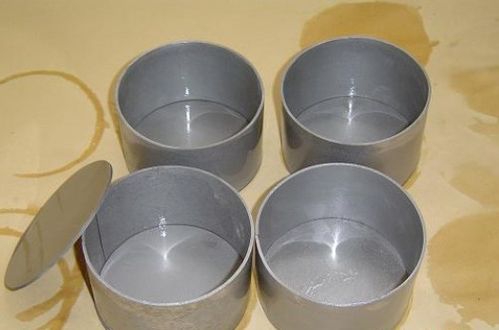Tantalum crucibles are widely used in high-temperature applications because of their excellent thermal and chemical resistance. They are commonly used for materials research, crystal growth, and various high-temperature processes. However, choosing the right material for a tantalum crucible can be challenging, as there are many factors to consider.

The most common materials used for tantalum crucibles are pure tantalum and tantalum tungsten alloys. Pure tantalum has excellent corrosion resistance and is highly ductile, making it a popular choice for many applications. However, it has a relatively low melting point and can be prone to cracking at high temperatures.
Tantalum tungsten alloys, on the other hand, have a higher melting point and better resistance to thermal shock, making them ideal for high-temperature applications. They are also more durable and resistant to cracking than pure tantalum crucibles. However, they are more expensive and can be more challenging to work with.
Another factor to consider when choosing a material for a tantalum crucible is the purity of the material. Impurities can affect the properties of the crucible and can contaminate the material being processed. Therefore, it is essential to choose a high-purity material that is free of impurities.
In conclusion, the best material to use for a tantalum crucible depends on the specific application and the requirements of the process. Pure tantalum is an excellent choice for many applications, but tantalum tungsten alloys offer better resistance to thermal shock and are more durable. Regardless of the material chosen, it is crucial to use a high-purity material to ensure the best possible performance and avoid contamination.
For more information about high-quality tantalum products, please visit https://www.samaterials.com/.

Recent Comments